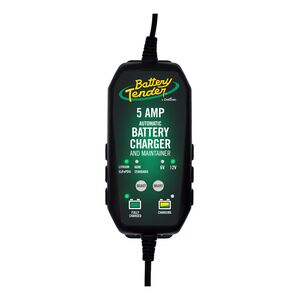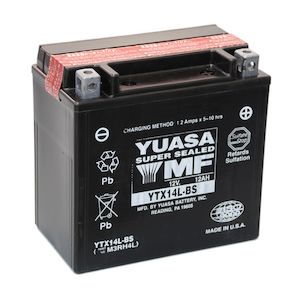We don’t give our motorcycle’s battery much thought until it starts giving us trouble. And when it does, there are three quick and easy tests you can do to help figure out if it’s the battery that’s the issue, or perhaps your bike’s charging system.
Testing a tired or dead battery is only going to confirm that it’s not happy, so the first step is to give it a chance to get fully juiced up on a charger. If the battery is so low that the charger throws an error or it just never gets to 100 percent, then you already know you’re dealing with a doorstop formerly known as a battery.
Assuming the battery does eventually indicate a full charge, disconnect it from the charger and let it sit for at least several hours, but ideally overnight. That’s because the first test is to check the static, or resting voltage of the battery, and for the results to be accurate it’s important that the battery hasn’t done any work recently.
Some important info regarding “12-volt batteries.” A fully charged, sealed lead-acid battery (commonly referred to as gel or AGM, and what most bikes sold in the last few decades have come with) should actually show 12.6 volts, not 12.0, because it’s made up of six 2.1-volt cells. Lithium-ion batteries run even higher, at about 13.6 volts fully charged. That might come as a shocker, but try to keep those higher figures in mind when working with vehicle batteries, and reference a state-of-charge chart once you have your battery’s exact figure.
With that out of the way, let’s get to testing. Set your multimeter to volts DC; that’ll be the symbol with the “V” with a straight line and dots above it, as opposed to the wavy line, which is for AC. Now connect the red, positive lead to the positive battery terminal, and the negative to negative, and note the voltage.

In my garage, I’m comfortable with a resting voltage as low as 12.3 volts, or about 70 percent of capacity. For the smaller-displacement, lower-compression bikes I have, that’s still enough to crank and start the engine. However, depending on your machine’s engine size and configuration, that might not be enough sauce. Plus, it’s not like the battery is going to get any stronger over time, and running a bike on a weak battery puts extra strain on the stator and regulator/rectifier, which are a lot more expensive to replace.
The resting-voltage test is helpful, but it’s just half the equation. After all, you may have a healthy resting heart rate, but you’d faint if forced to run a mile. It’s the same for your battery, so we want to put it under load, which is what the cranking-volts test does. We’ll be pressing the starter button to crank the engine, but we don’t want the bike to start, so either flip the kill switch if your bike will still crank with that off, or pull the fuel-pump fuse to prevent the bike from firing.
This cranking test is an alternative to a load test, which requires… a load tester. If you have one of those, it’ll yield more accurate results, but this starter-motor test is a pretty good proxy.
With your multimeter leads connected to the battery, press the starter button and hold it for five seconds and note the lowest voltage. It shouldn’t drop below 9.6 volts for either a lead-acid or lithium-ion battery. If it does, that’s another indicator that the battery is losing capacity and getting weak.

All batteries deteriorate over time as their chemistry wears out, and the typical lifespan is about four to seven years, depending on your climate, how often you use your motorcycle, and how you store it when it's parked (on a battery maintainer or not). So if you’re in that time range or beyond it and your motorcycle’s battery is giving poor results for either the resting-volts test or the cranking-volts test, you should probably replace it so you don’t risk getting stranded.
At this point, we have a pretty good idea whether the battery is strong and healthy or getting sick. Whatever the results of those first two tests, though, there’s one more procedure we should do to see how your bike’s stator and regulator/rectifier are working, because sometimes the battery is weak because your bike’s charging system isn’t functioning well.

For this final test we’ll be starting the bike, so with the leads still attached to the battery, go ahead and flip the kill switch or stick the fuel-pump fuse back in, fire the bike up, raise the rpm a little above idle, and take a look at the multimeter.
For most bikes, you want to see a reading of 14.4 volts. That’s the ideal output for keeping your battery charged and supporting all of your bike’s electrical circuits. Some motorcycles may have a spec as low as 13.5 volts, so make sure you check your shop manual for model-specific figures. There’s also a threshold for maximum output, which is typically 15.0 volts. If your reading is outside these parameters, then there’s likely a problem with the stator, which generates alternating current as the engine runs, or the regulator/rectifier, which converts that alternating current to direct current and caps it at 14.4 volts.
Testing these components further is beyond the scope of this article, but the good news is that all you need to do it is a multimeter and the component specs for your specific motorcycle, which you can find in your bike’s workshop manual. If these tests show that you do need a new battery and you're not sure what to buy, see our guide to the different types of batteries available and the ones our gear experts recommend.
As a recap, we tested the at-rest voltage of the fully charged battery, which should be about 12.6 volts for lead acid and 13.6 volts for lithium ion, and we stress-tested the battery with the starter to see that the voltage didn’t drop below 9.6 volts. After that, running the bike and checking the voltage at the battery tells us how well the bike’s charging system is working.
Pretty easy, right? After topping the battery up and letting it rest, you can knock out all three of these tests in less than a few minutes, and have a pretty solid understanding of your bike’s battery and charging-system health.


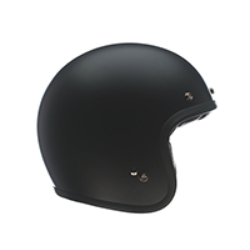

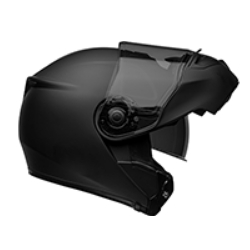

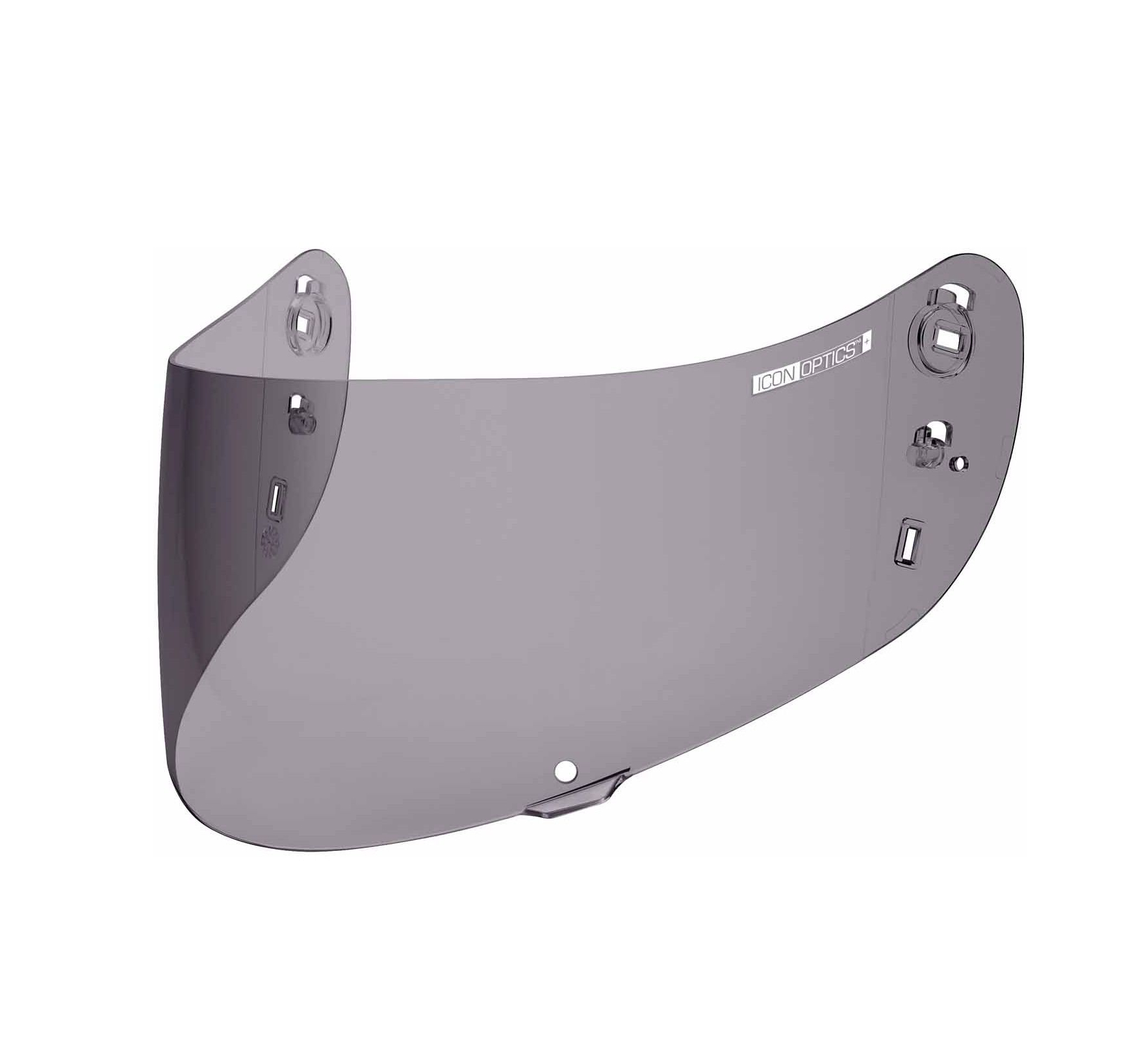

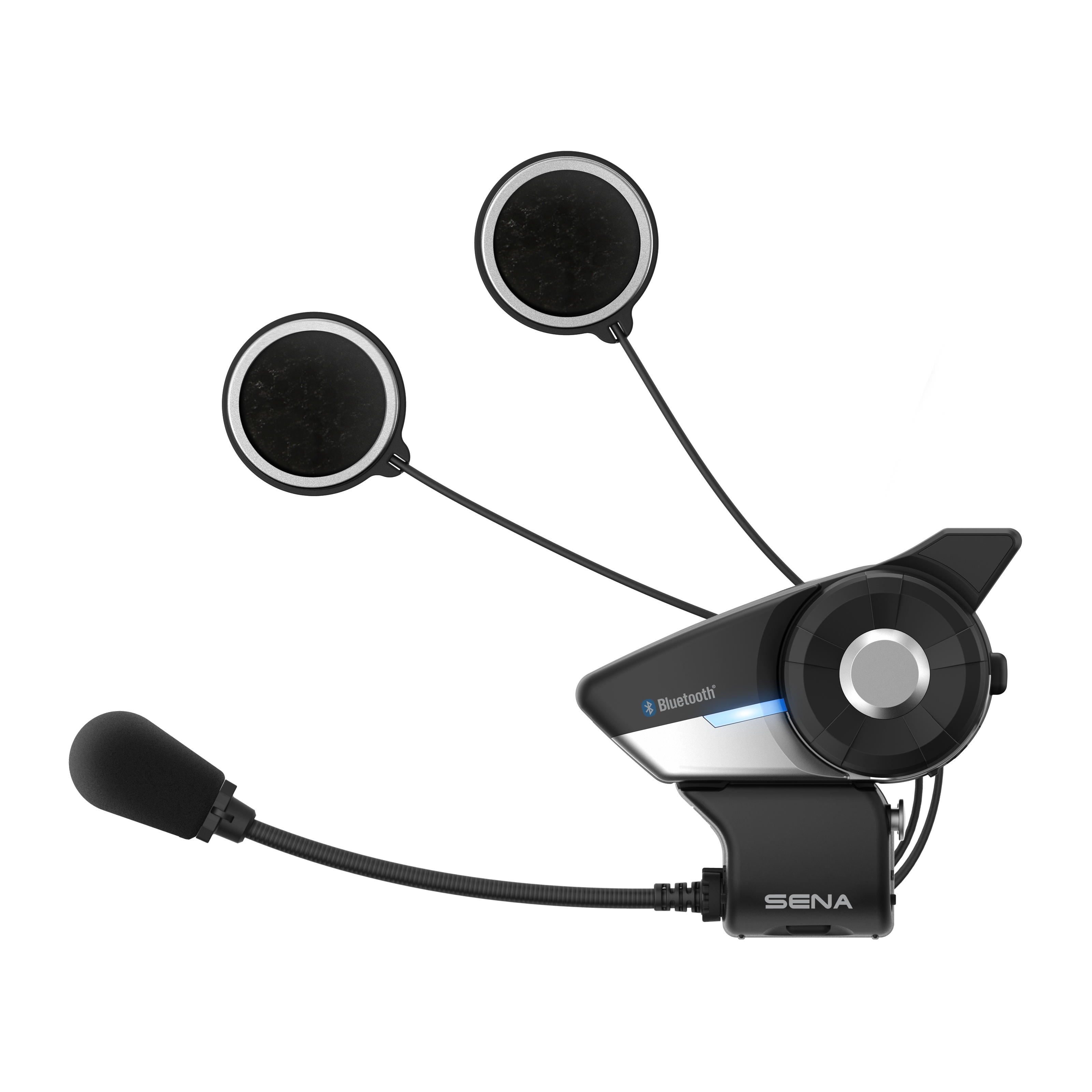


 Membership
Membership









